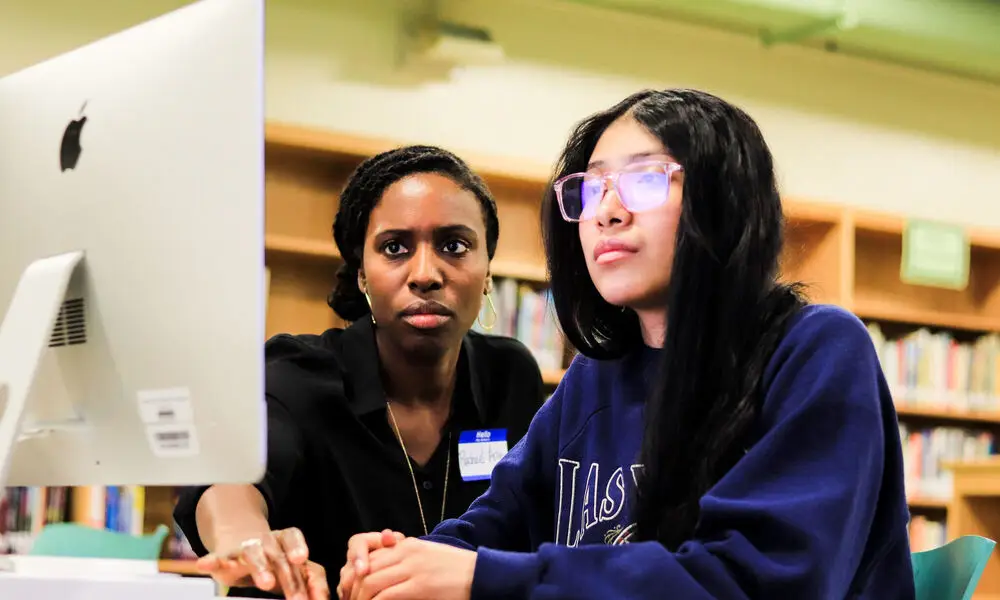As I continue to wrestle with the implications of artificial intelligence, one particular question intrigues me: What if engineers working on generative AI are more attuned to the learning process than most educators are?
Think about it. For engineers, getting and using feedback is central to their process. Make a prediction. Run the model. Get feedback on what works and what doesn’t. Refine the inputs. Try again.
In the AI engineering process, learning from your mistakes is key. Mistakes are a gift, an opportunity to expand your thinking. A teachable moment, if you will.
If this process sounds familiar, it’s because this is what is happening in the best classrooms across our country. Learning is a constant interaction between information, teachers, students, and ideas. It’s an ongoing feedback loop where teachers’ main goal is to help students reason effectively and generalize information to help solve new problems.
Getting feedback from students is central to the learning process. Listening to students empowers them and gives them a voice in their own learning. It also provides the best starting point for teaching. Teachers base their instruction on where students actually are in their understanding, not where the lesson plan or textbook says they should be.
While such interactions are happening in the best classrooms, in too many of them, the focus remains on the answer, not the reasoning. In this paradigm, content is the end of learning, not the means.
Teachers don’t have time to explore questions like: “What reasoning led you to the wrong answer? What misconceptions need to be cleared up so that you can continue your learning journey?” That is, using feedback loops as instructional tools.
This is perhaps where the teaching process and AI engineering diverge. While AI engineering models how to use feedback to generate deeper learning, it still cannot match the complexity of the human interactions that are central to learning. Teaching students is a deeply interactive and human-centered process that involves emotions, motivation, and consciousness, affecting focus, engagement, and memory retention. It’s a much more complicated process than AI training.
But what if these two processes—teaching students and training AI—could be brought together? Urban Assembly is doing just that to help teachers master this instructional complexity.
Project CAFE—our AI-powered, video-based, teacher development tool—helps teachers see for themselves how well they are interacting with students. We ask: “What learning experiences will produce meaningful exchanges with students? How can we help you encourage the constant give-and-take that gives you helpful feedback, and gives students the knowledge, skills, and confidence to take charge of their own learning?”
More specifically: “What kinds of questions am I asking? How many questions? What words am I using to encourage students to push forward?”
Instead of having to wade through a video of an entire class, AI helps coaches and teachers zero in on the key instructional moments that can make all the difference between an OK lesson and a great one.
Bottom line: Generative AI provides new tools that can simplify the complexity of teaching while not losing the potential for deep learning that only teachers can provide. Maybe all of us can learn from the overlaps between good engineering and good teaching. AI is not the answer, but if used creatively, it can be part of the answer.
That’s why the recommendations from a recent report I contributed to, geared toward helping education realize the “wicked opportunities” that AI could help us achieve, matter so much. The report underscores the need for bold, forward-thinking policies and practices to help educators navigate the integration of technology in our schools in a way that promotes equity and access, particularly for historically marginalized communities.
____
David Adams is CEO of New York City-based Urban Assembly, which partners with schools and districts to design and scale solutions that improve social-emotional learning, postsecondary readiness and success, and instructional quality.
This blog is part of our AI Learning Series, where CRPE invites thought leaders, educators, researchers, and innovators to explore the transformative potential—and complex challenges—of AI in education. From personalized learning platforms to AI-powered administrative tools, the education landscape is evolving rapidly. Yet, alongside opportunities for increased equity, efficiency, and engagement come pressing questions about ethics, accessibility, and the human element in learning environments. Join us as we unpack the promise, the pitfalls, and the path forward for AI in schools.




